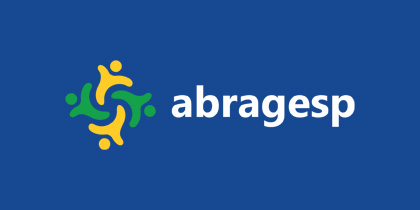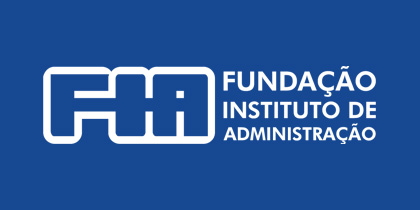Classificação de esportes dos Jogos Olímpicos e Paralímpicos para implementação de políticas e ações
Keywords:
Competitions, Medal table, Diagnosis, Cluster analysis, ClustersAbstract
The Federal Government has set goals for Brazil regarding its position in the medal table at the Olympic (OGs) and Paralympic (PGs) Games, posing a challenge for managers to decide on the implementation of policies and actions, considering the range of sports that make up the competition programs and the limitations of incentives and financial resources. The diagnosis of the impact of these sports on countries, to achieve top positions, can contribute to decision-making through cluster analysis. Such an approach can offer advantages such as comparing practices, evaluating the situation, identifying opportunities for change, and assessing the existence of similar behaviors among observations, potentially revealing relationships that are not possible individually. This study aimed to characterize and classify groups of sports from the programs of the summer OGs and PGs, to support decision-making aimed at Brazil's entry and permanence among the top-ranked countries in these competitions. Multivariate, unsupervised machine learning technique known as cluster analysis was used to form the groups, employing hierarchical, non-hierarchical, and hybrid clustering schemes via the programming language "R" (version 4.0.5), in the "RStudio" environment (version 1.4.1106). Descriptive statistics resources were used to define grouping variables and to characterize and classify clusters, employing data related to the results of the Tokyo 2020 OGs and PGs (held in 2021), collected from the websites of international Olympic and Paralympic committees. Results indicated the formation of four OGs sports groups and three PGs groups, containing characteristics, degrees of importance, competition, and entry barriers among the TOP 10 and TOP 5 nations, enabling verification of behaviors within the groups and suggesting interventions. Despite the relevance of the sports groups in which Brazil has shown a competitive advantage, incentives are proposed with prioritization of specific groups for short/medium and long-term benefits, given that a more balanced performance in the clusters appears more appropriate to sustain the country's position. Considering that the Brazilian sports sector is composed and impacted by agents from both the public and private sectors, alignment and sharing of policy implementation and actions among stakeholders are suggested to avoid overlap and ensure that each contributes according to its purpose and capacity. Although an unsupervised technique, adapting cluster analysis for monitoring Brazil's and competitors' performance between groups during Olympic and Paralympic cycles is recommended.







